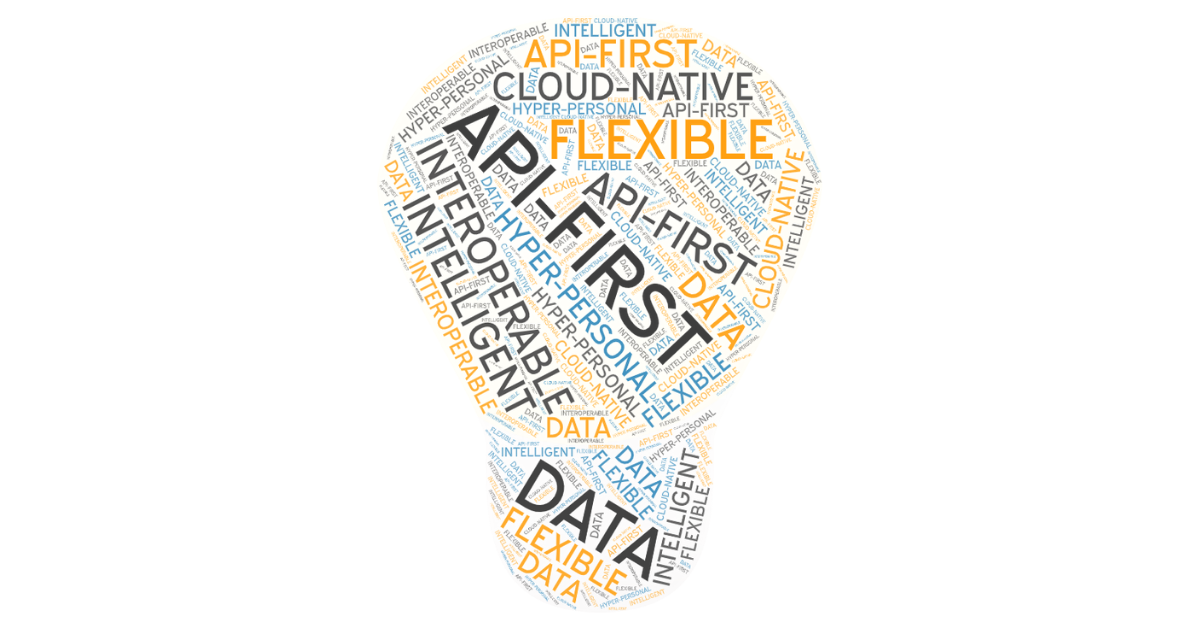By Spiro Skias
There’s an old, familiar saying about good intentions and the road to Hell. Unfortunately, traditional approaches to modernization often fall into this troubled category having been developed in a “best laid plans” mindset, but ultimately failing to meet desired objectives. Insurance companies, for example, taking a “boil the ocean” approach with a suite-based product can find it is simply too much effort for too little change. And worse, the desired degree of digital improvement winds up sacrificed in the haste to “just get it done,” no matter the cost.
In a recent webinar with Clyde Owen, executive vice president at ClarionDoor, and Jennifer Overhulse, owner at St. Nick Media, they discussed the challenges in achieving next-generation insurance technologies, and more importantly, what it takes to get there.
The insurtech boom over the last several years has been an eye opener for many traditional insurers in the industry. Insurtechs have demonstrated how to leverage next-generation insurance technologies in a manner that practically forces others to rethink and re-evaluate their digital strategies. However, in order to gain ground on insurtechs, insurers need to finally recognize that the journey to next-generation insurance technology isn’t just about technology. It is also about people and process.
The journey to next-gen insurance technology isn’t just about technology though. It is also about people and process.
From a technology perspective, it’s easy to get caught up trying to do everything rather than focusing on the single, original problem to be solved. For example, an insurance company may only need a new rating system, but ends up replacing the entire core administration system. This can quickly create instability in leveraging the new technology and exponentially increase cost.
This approach tends to happen more often than it should, and a major reason is that the vendor and solution evaluation process is cumbersome and tends to look at generalities instead of specific features, functionality, and culture elements which may benefit a given insurer. However, many companies continue to rely on the request for information or proposal (RFI and RFP) process which only exacerbates the situation.
There is also a general assumption that an internal IT team, systems integration team, or even third-party analysts and consultants already know everything about this new technology. The reality is that most IT teams are great at understanding what existing systems do, but struggle to validate the implementation approach for emerging or next-generation technologies.

Can next generation technology be translated into something that internal IT teams actually know how to do?
Clyde Owen
A good example of this is blockchain. When the concept and term made its way to the insurance industry, we were inundated with how blockchain was going to change insurance technology forever. Self-proclaimed blockchain experts emerged everywhere claiming to have solved the riddle for the industry. Although IT teams may understand the concept of emerging technologies, the actual application or best-use is likely unknown. Before any technology or modernization journey, the technology must have a clear purpose with tangible outcomes.

Before any technology or modernization journey, the technology must have a clear purpose with tangible outcomes.
Jennifer Overhulse
Another major challenge is insurance companies tend to believe that emerging technologies are the proverbial silver bullet, but without substantive process redesign, they are just creating inefficiencies in a new environment. Empowering team members to re-evaluate business processes and create new workflows will improve the results of any new technology implementation.
Legacy processes were not designed with next-generation technology in mind.
So, is there a better way? What does that roadmap look like? And, what should next-generation technology look like? The good news is that there is a better way, and the reality is that next-generation technology is already here.
Most industry analysts and insurers alike agree that next-generation insurance technology needs to be API-first, purpose-built, interoperable, intelligent, accurate, flexible, and cloud-native. To many, this may seem like a no-brainer, but unfortunately, many of the systems being implemented today don’t even come close. Insurers end up implementing the modern-day equivalent of a years-old legacy system. By paying attention to the top necessities in next-generation insurance technology, it is possible to avoid this particular pitfall.
For more information about this article or about ClarionDoor, contact Spiro Skias, director of product marketing or on our website at clariondoor.com.
About the Author

Spiro Skias
Director of Product Marketing
ClarionDoor
As director of product marketing, Spiro is responsible for all marketing activities, speaking engagements, and event sponsorships. Having been with ClarionDoor since 2018, he has attended and sponsored over 30 events throughout the U.S., U.K., and Europe. Connect with Spiro on LinkedIn or at [email protected].

